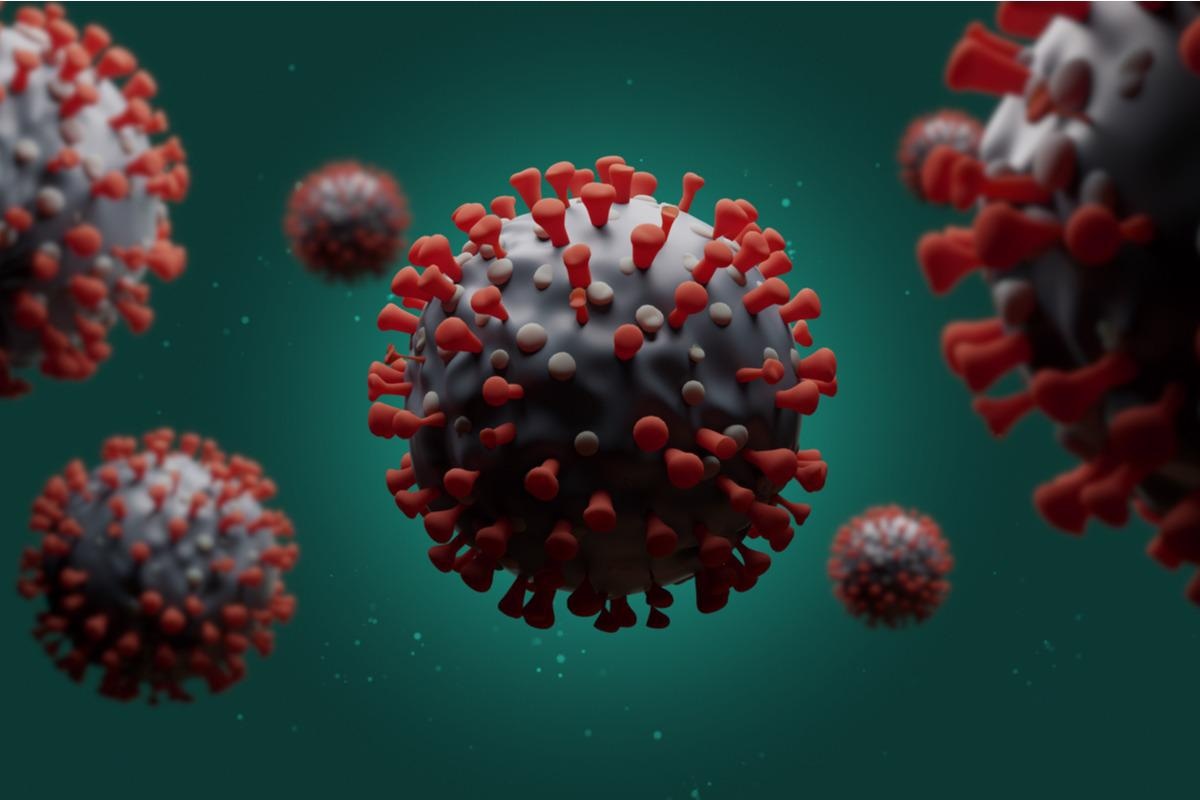Scientists have stated that the official number of coronavirus disease 2019 (COVID-19) infections underestimate the true number of cases. This is because most people are infected with mild symptoms or are asymptomatic, and this group is often neglected while estimating the total number of COVID-19 cases.
 Study: Estimating COVID-19-induced Excess Mortality in Lombardy. Image Credit: joshimerbin/Shutterstock
Study: Estimating COVID-19-induced Excess Mortality in Lombardy. Image Credit: joshimerbin/Shutterstock
Background

 This news article was a review of a preliminary scientific report that had not undergone peer-review at the time of publication. Since its initial publication, the scientific report has now been peer reviewed and accepted for publication in a Scientific Journal. Links to the preliminary and peer-reviewed reports are available in the Sources section at the bottom of this article. View Sources
This news article was a review of a preliminary scientific report that had not undergone peer-review at the time of publication. Since its initial publication, the scientific report has now been peer reviewed and accepted for publication in a Scientific Journal. Links to the preliminary and peer-reviewed reports are available in the Sources section at the bottom of this article. View Sources
Complex methods are required to provide reliable forecasts of the epidemic evolution; wrong predictions often create unnecessary panic. Recently, to understand the true impact of the COVID-19 pandemic, scientists have analyzed the mortality rate. Put simply, the impact of severe acute respiratory coronavirus-2 (SARS-CoV-2), which is the causal agent of this pandemic, has been correlated with the mortality rate, and this method has been regarded as the gold standard measure of determining the effect of the pandemic worldwide. This is because mortality reports are more reliable than the reports on the number of infections.
A new study has contributed to this branch of literature by presenting a generalized linear mixed model to determine the rate of mortality related to COVID-19 infection in Lombardy, Italy. This study is available on the medRxiv* preprint server.
Italy is one of the countries that has been massively affected by the ongoing pandemic. Previous research has indicated that Lombardy, a highly populated and industrialized region in Italy, has been the epicenter of the outbreak, especially during the first wave in early 2020, and has experienced a high mortality rate. It is relatively easy to assess the impact of COVID-19 by analyzing the number of deaths.
Quantifying the excess deaths induced by COVID-19 is a complex process that could be realized using statistical methods ranging from simple averaging methods to structured models. In the current study, scientists have introduced a model that can predict excess mortality between 2020 and 2021 in Lombardy, stratified by various age classes. The main important functions of the linear mixed model are to capture year-specific inclinations, seasonality, and over-dispersion in the number of deaths due to all causes from 2011 to 2019.
Main findings
Previous studies have indicated that the mortality rate is age-specific. Different models have been developed to analyze the number of deaths across age classes. In this study, five age classes have been considered, i.e., (0-14), (14-64), (65-74), (75-84), 85+. This model effectively highlights which age group is most affected by SARS-CoV-2 based on mortality. This result could help plan preventive strategies to protect the vulnerable sub-populations.
Scientists have found the prediction intervals through parametric bootstrap. One of the important results of this study was that, for the youngest age group (0-14), no excess mortality was found in 2020 and the first 34 weeks of 2021. This finding aligns with previous studies that reported that children are at low risk of mortality due to COVID-19 infection.
Maximum deaths have been observed in the classes 65-74 and 75-84, with an excess of approximately 28%. Also, in the group comprising individuals above 85 years of age, 25% excess is estimated. The age class 15-64, typically the working-age group, showed approximately 18% excess mortality. The present study has emphasized that the risk of mortality is linked with the age of an individual.
This study revealed that in Lombardy, a large section of the excess of deaths had occurred during the first wave in March-April 2020. It has been further predicted that the population of individuals above 65 years are at a higher risk of mortality induced by the COVID-19 pandemic. This prediction validates the decision to prioritize the elderly for COVID-19 vaccination, as they showed the highest mortality rate in absolute and relative terms.
Due to data availability, this study has focused on the first 34 weeks (up to the end of August 2021). In the most recent data, excess mortality was not significantly different for the group containing people above 85 years and 15-64 age group. However, a significant decrease in the estimated mortality, in comparison to 2020, was reported for other age classes. This data revealed 65-74 and 75-84 age groups are most vulnerable at present.
Highlights
The authors of this study indicated that the positive effect on excess mortality reduction, owing to the COVID-19 vaccine, has been determined by comparing excess mortality in the first 34 weeks of 2020 and 2021. Also, during the later period, relaxation in the non-pharmaceutical interventions was being implemented. A strong reduction in excess mortality in 2021 has been observed, emphasizing the importance of rapid COVID-19 vaccination.

 This news article was a review of a preliminary scientific report that had not undergone peer-review at the time of publication. Since its initial publication, the scientific report has now been peer reviewed and accepted for publication in a Scientific Journal. Links to the preliminary and peer-reviewed reports are available in the Sources section at the bottom of this article. View Sources
This news article was a review of a preliminary scientific report that had not undergone peer-review at the time of publication. Since its initial publication, the scientific report has now been peer reviewed and accepted for publication in a Scientific Journal. Links to the preliminary and peer-reviewed reports are available in the Sources section at the bottom of this article. View Sources